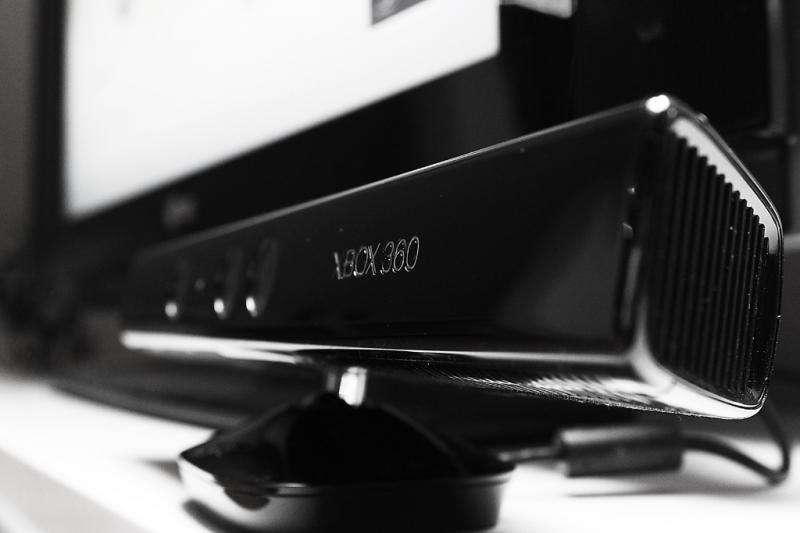Kinect research captures game play exertions

A Kinect sensor has proved to be an unlikely tool to help estimate the amount of energy that people expend while they are playing video games that utilise the sensor technology.
The University of Western Australia study demonstrated that physical activity expenditure, caused when the user exerts themselves during game play, can be recorded on the Kinect's motion capture system and then estimated based on each body part's mechanical work.
Lead author and UWA Associate Professor Michael Rosenberg says a player's physical activity energy expenditure is mostly measured via heart rate monitors, accelerometers and portable gas analysers attached to participants during game play.
A/Prof Rosenberg says while these devices can measure overall energy expenditure none of them can disintegrate total energy expenditure into the energy expended by individual body segment movements and movements required to adjust the body's centre of mass.
The existing technology also can not differentiate between the energy expended for movement and the energy used to maintain the user's posture, he says.
"Advances in optical sensor technology, particularly at the consumer level through the Microsoft Xbox Kinect, provide new and novel ways of estimating total energy expenditure and its components during active video game play," he says.
Sensor zeros in on body motion mechanics
"The Kinect sensor provides a 3D image of people as they move around in its field of view.
"The kinematics measured by the Kinect can be used to estimate the mechanical work of the body during motion."
A/Prof Rosenberg says researchers can now make better estimations of how much energy people expend during game play, and whether certain games contribute differently to energy expenditure.
"Estimates for high-energy activities, such as standing jumps and jumping jacks, can be made accurately, but for low-energy activities, such as squatting, the posture of static poses should be considered as a contributing factor," he says.
He says further work should focus on refining the approach developed in this study in order to apply the method to game play situations.
"Ultimately, we hope that active video games will be able to more accurately estimate energy expenditure during game play and adapt to incorporate different whole body or specific limb movements to achieve a desirable energy expenditure," he says.
More information: "Estimating physical activity energy expenditure with the kinect sensor in an exergaming environment." PLoS One. 2015 May 22;10(5):e0127113. DOI: 10.1371/journal.pone.0127113
Journal information: PLoS ONE
Provided by Science Network WA

















